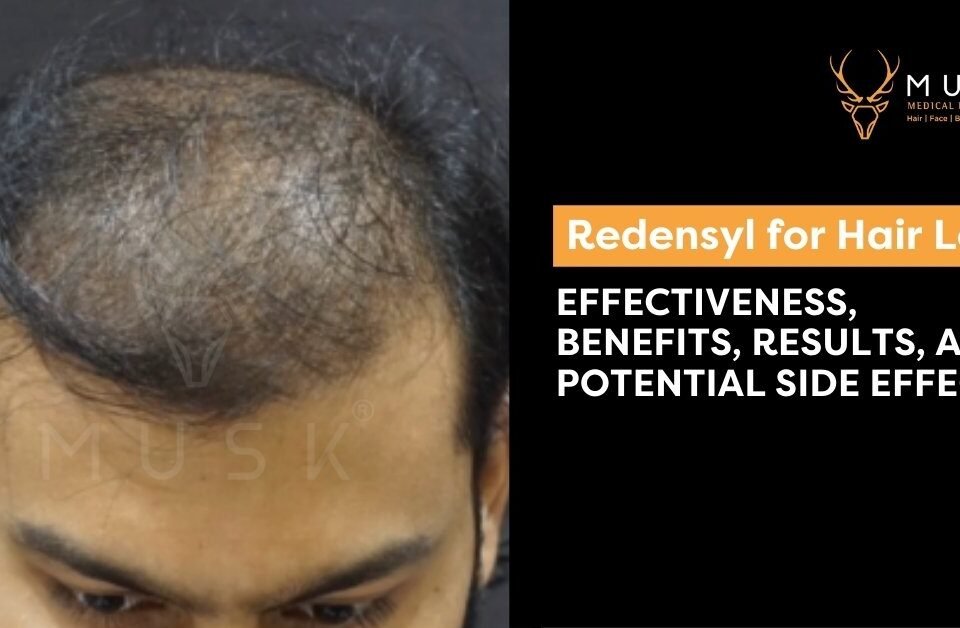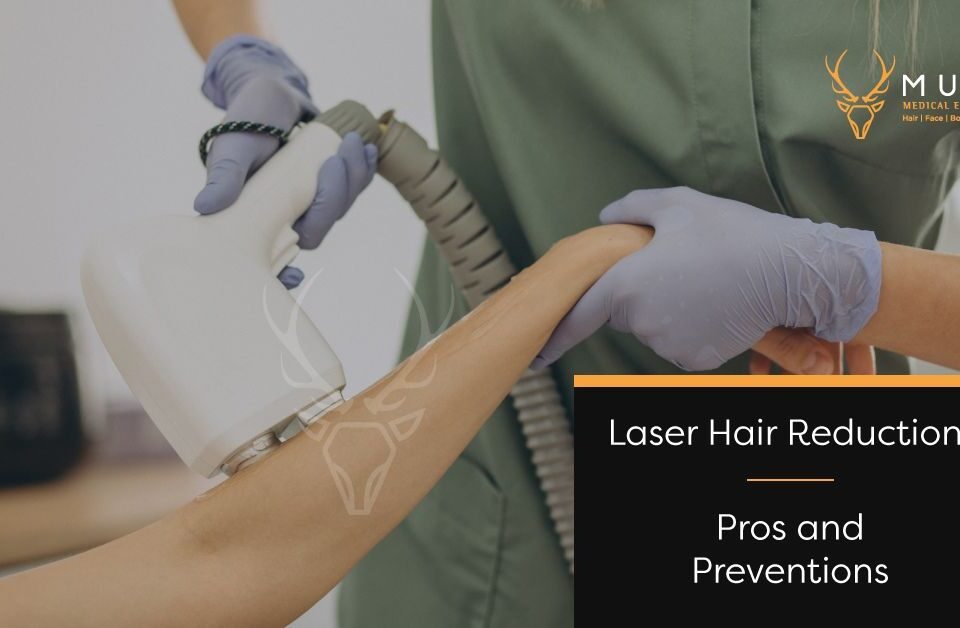5 Things to Avoid if You Have Hair Loss
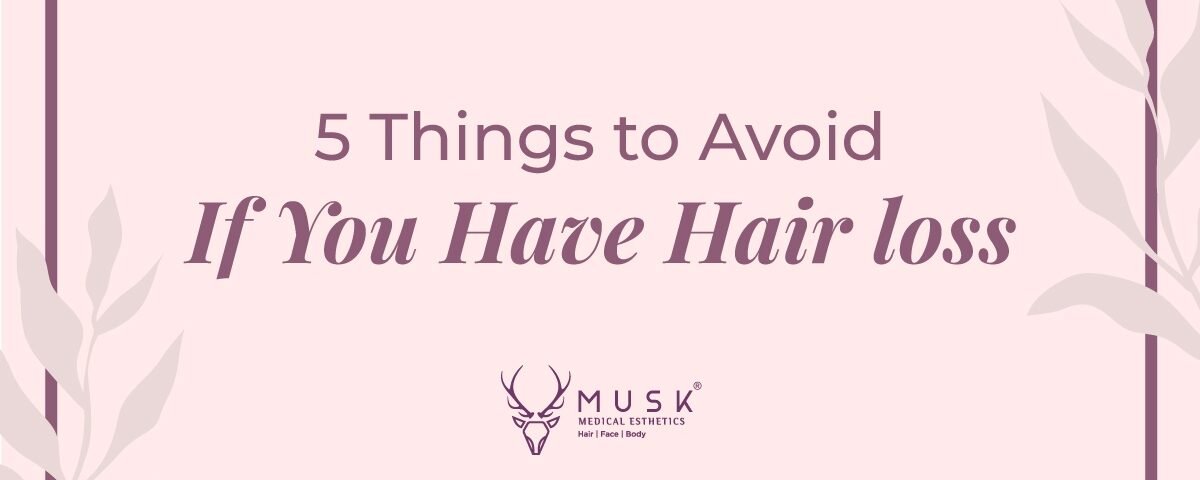
Dealing with hair loss can be frustrating, but there are certain things you can avoid that may help prevent further thinning or damage.
In this blog post, we’ll discuss 5 key things that those experiencing hair loss should steer clear of. By being mindful of these hair care mistakes, you can nurture the hair you still have and perhaps see some regrowth.
We’ll keep it simple and straightforward so you can easily apply these tips to your daily routine.
Are you ready? Let’s jump right in!
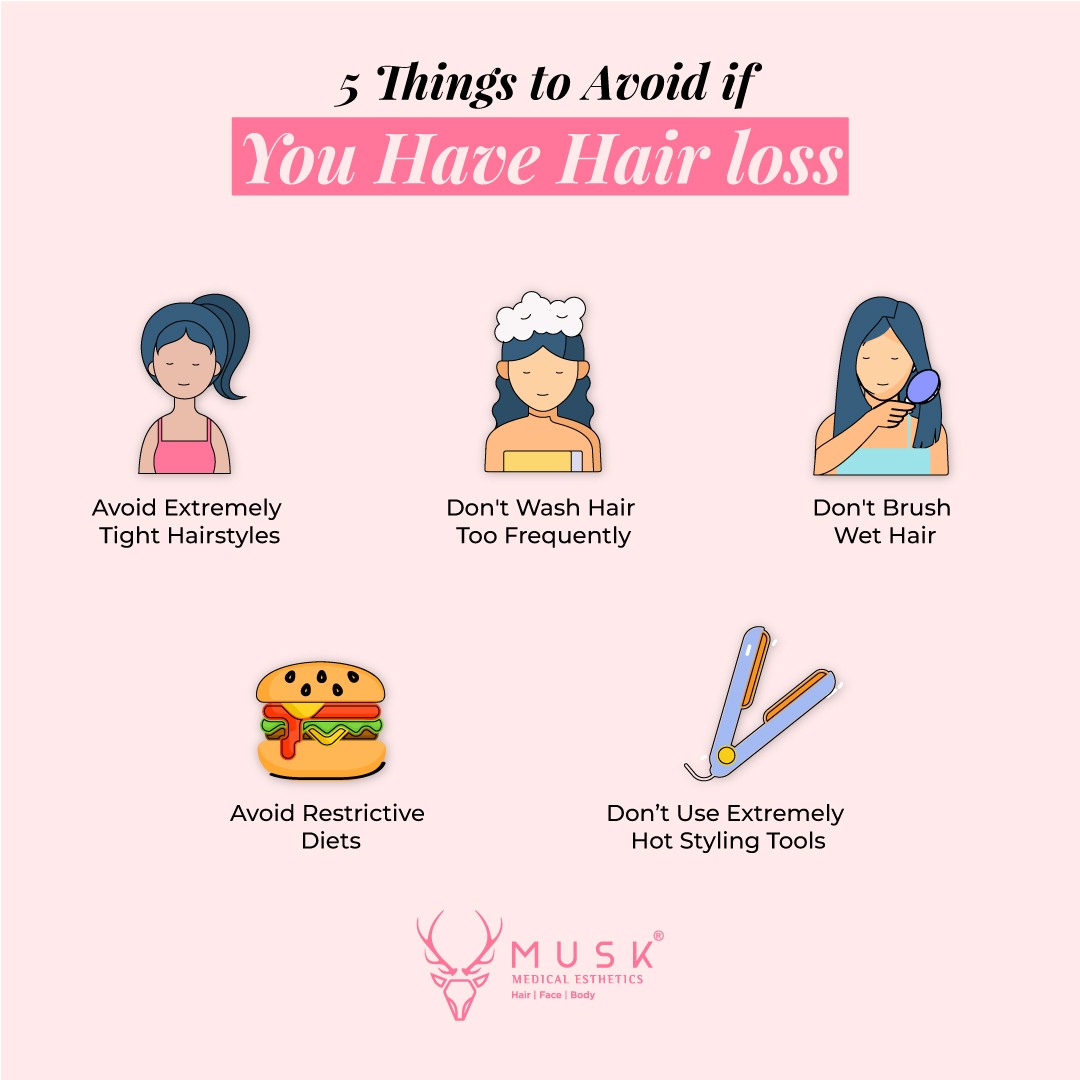
1 – Avoid extremely tight hairstyles
Putting your hair in very tight ponytails, buns, cornrows or braids can put excessive tension on your hair follicles over time.
The constant pulling and tension can physically damage the delicate follicles, leading to a gradual type of hair loss called traction alopecia.
To prevent breakage and unnecessary thinning, try to let your hair down whenever possible or opt for loose hairstyles instead. If you must tie your hair up, use soft scrunchies instead of rubber bands, and don’t create tight braids or cornrows that pull tightly at the scalp.
In short, give your follicles a break by wearing hair loose and free of tension as often as you can.
2 – Don’t Wash Hair Too Frequently
Frequently washing with shampoos and conditioners can dry out your hair and strip the essential natural oils that help keep strands strong and healthy.
In fact, hair surgeons specializing in hair loss treatment also recommend limiting washes to just 2-3 times per week if you’re experiencing hair thinning or loss.
Also, consider switching to a gentle moisturizing shampoo formulated for thinning and damaged hair, which won’t strip oils or dry out your scalp.
Finally, when you do shampoo, focus just on the scalp area which tends to get oily fastest, rather than harshly scrubbing the fragile ends.
3 – Don’t Brush Wet Hair
When your hair is wet, it stretches more and can break easily.
So, when you brush wet hair, it can cause more harm to your hair health. In fact, this is why we always strongly recommend waiting until your hair is at least half dry before brushing it.
Furthermore, you should always use a wide-tooth comb or wet brush made for wet hair if you need to brush it when damp.
Most importantly, never brush your wet hair hard, especially if it is starting to thin out. The pulling can make more hair fall out.
4 – Don’t Use Extremely Hot Styling Tools
Exposing your delicate strands to excessive heat from tools like curling irons, straighteners, and hair dryers can really damage hair over time.
The high temperatures essentially “cook” and dry out the hair, causing brittleness, split ends, and breakage.
If you must use hot tools, keep the temperatures lower. Ceramic irons with adjustable heat settings are best so you can use a medium or low heat.
In addition, you should also consider using a heat protectant spray to protect hair before styling to shield strands from burning.
5 – Avoid Restrictive Diets
Crash dieting and extremely restrictive eating plans can also sometimes result in sudden hair shedding and loss for some people.
This happens because dieting leads to nutritional deficiencies as well as shifts in hormone balances—two things that can disrupt the hair growth cycle.
If you must diet, do so moderately and be sure to get sufficient protein, iron, and zinc which support hair health.
Slow, steady weight loss is safer for retaining the hair you still have and even for regrowth.
Conclusion
Dealing with losing your hair can be disheartening, but avoiding certain hair hazards can help preserve the strands you still have.
Now you know which things to steer clear of if experiencing thinning or bald patches.
While hair loss is challenging, having an awareness of what not to do and adjusting certain habits can help nurture the hair you have left.
Most importantly, be patient with the process too — it takes time to regrow stronger, thicker hair after implementing protective changes.
